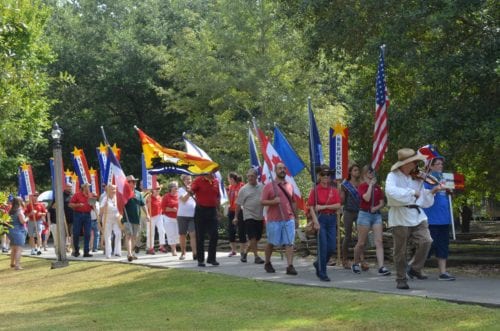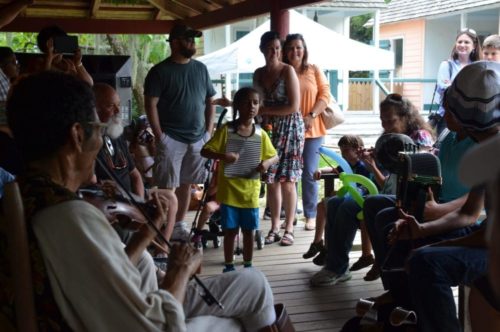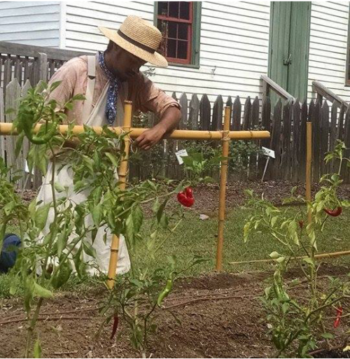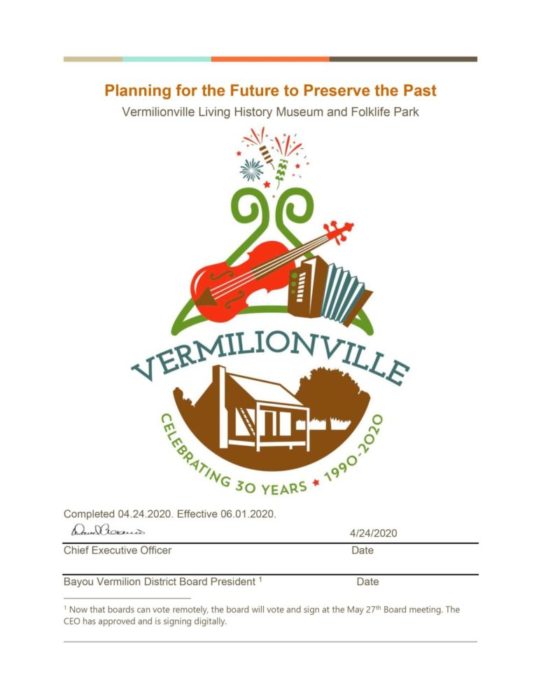
Our Mission
Vermilionville Living History Museum’s mission is to increase appreciation for the history, culture, and natural resources of the Native Americans, Acadians, Creoles, and peoples of African descent in the Attakapas region through the end of the 1800s. Through historic interpretation and conservation along the Bayou Vermilion, we strive to educate guests on the interactions of these groups and the connections between past and contemporary folklife, thus empowering guests to apply these lessons from our shared histories.
asdasd

Our Values
Lafayette values its culture, which flows from the history of the area surrounding the Bayou Vermilion. We value the food, the languages, the dances, the music, the traditions, the plants we grow, the land we occupy, the confluence of peoples, and the talents of our artisans. Vermilionville serves as a repository for this culture. We nurture integrity in examining our past, joy in celebrating our culture, and meaningful interaction with the Bayou Vermilion, the lifeblood of those who settled here. Locals and visitors alike can share in the knowledge of who we were and enjoy being a part of who we are becoming as a community.

Our Vision
Vermilionville Living History Museum and Folklife Park will be recognized locally, nationally and internationally for celebrating the vibrant shared south Louisiana history and cultures with impactful programs and interpretation that engage and inspire visitors today and for generations to come.
Ha ha ha


Our Strategic Plan
This Strategic Plan represents the latest iteration of thirty years of inquiries and challenges, assessments and planning, experimentation and evaluation, trial and error. When the Bayou Vermilion District was first tasked with creating a new type of economic development through cultural tourism, a plan was hatched to meet a growing demand among the general public and a critical need for the local population. Lafayette Parish authorities recognized our over-dependence upon the oil and gas sector. The downturn in the petroleum industry of the early 1980s, coupled with the nationwide interest in all things Cajun, directed their efforts to create a space that would attract visitors from around the country and the globe, as well as a place where traditional crafts could be demonstrated and passed down. Vermilionville Living History Museum and Folklife Park opened its doors to the public for the first time on April 1, 1990. Since then, over a million visitors from all fifty states and dozens of countries have come through our doors. Vermilionville is the centerpiece of our region’s cultural tourism industry that has flourished into a vital part of the overall economy. Our development has not been without its challenges. The early impetus to highlight the Acadian side of our history had the detrimental effect of obfuscating and oversimplifying the complexity of cultures that contributed essential elements to that history. Vermilionville is making great strides to include the many voices that came together to tell the story of the region in a multi-faceted approach. This strategic plan reflects not only the different narratives but also the allocation of physical spaces dedicated to the telling of those stories. As part of this process, we interviewed numerous stakeholders and received their input on how to represent better the history and culture of the area. This strategic plan reflects the input of all their thoughts, opinions, and suggestions.
Bayou Vermilion District’s Vermilionville believes “that those who have historically been relegated to the margins of society due to legacies of racism, ableism, sexism, heterosexism, xenophobia, and all other forms of injustice must be fully included in museum workplaces and communities.”(American Alliance of Museums) Inclusion is central to the effectiveness, relevance and sustainability of museums and to furthering our mission of increasing appreciation for the history, culture, and natural resources of our region’s diverse peoples. As such, our Diversity, Equity, Accessibility and Inclusion Group creates opportunities to increase understanding and awareness of individual and institutional barriers to inclusion, accessibility and equity, identifying actionable steps to address these barriers.
